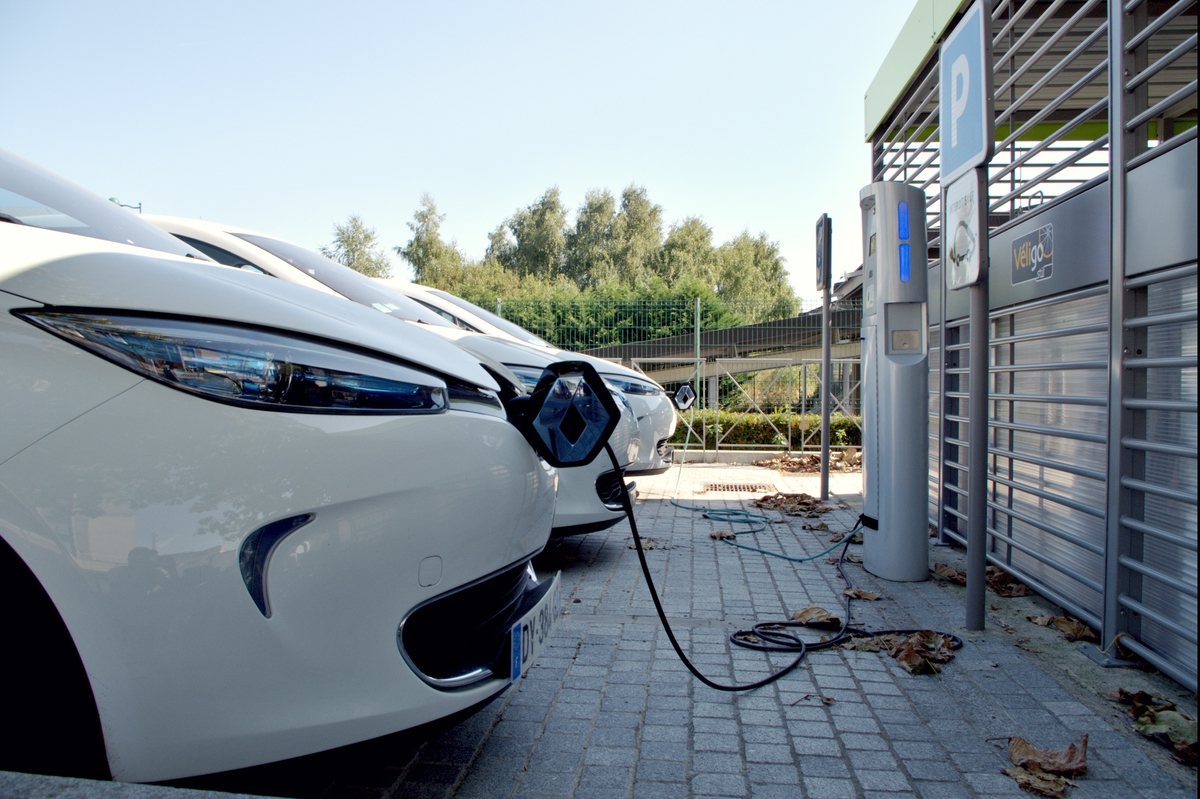EV Charging Myths Debunked: What Every Driver Should Know
Key Takeaways
- Understand the truth behind common misconceptions about electric vehicle (EV) charging.
- Discover how charging infrastructure supports modern EV usage effectively.
- Learn about advancements in EV technology that address past limitations.
- Explore practical insights for current and prospective EV owners.
Introduction
As electric vehicles (EVs) become more prevalent, certain myths persist, often influencing potential buyers and new owners. While the news frequently highlights advancements in EV technology and the benefits of going electric, these lingering myths can sometimes obscure the many positives of embracing this eco-friendly mode of transportation. In this article, we’ll delve into some of the most common misconceptions about EV charging, ensuring you have the facts you need to understand how EVs can fit seamlessly into your life. With the ever-expanding advancements in technology and infrastructure, it’s time to clear up these myths and highlight the growing practicality of electric mobility.
Myth #1: EVs Take Too Long to Charge
One of the most persistent myths about electric vehicles is the belief that they take excessive time to charge, rendering them impractical for daily use. This notion stems from early misconceptions when EV technology was nascent. However, as technology has advanced, so has the efficiency of EV charging. Today’s EVs are equipped with various charging options designed to fit different lifestyles, making them much more convenient than ever before.
Fast-charging stations have been a game-changer, allowing drivers to replenish their vehicle’s battery to 80% capacity in approximately 30 minutes. This efficiency makes long-distance travel more feasible, with only a brief pause needed to recharge. Furthermore, public charging infrastructure continues to expand, providing more opportunities for quick recharges along travel routes. Many EV owners find Level 2 chargers for daily use, which can be installed at home and are convenient for overnight charging. This setup can fully recharge a vehicle’s battery overnight, ensuring a ready-to-go car each morning. For more insight into available charging solutions and specifications, you can navigate https://www.delta-americas.com/en-US/products/EV-Charging/ALL/. As electric vehicle adoption grows, access to a broader range of reliable and efficient charging options is becoming the norm rather than the exception. Exploring available technologies and charger types can help consumers make informed decisions that align with their driving habits and energy needs.
Myth #2: EV Charging Is Too Complicated
Another common misconception is that EV charging is a complicated and onerous process, deterring some individuals from considering an electric vehicle. In reality, charging an EV is relatively straightforward and user-friendly. Unlike traditional cars, which require trips to gas stations, EVs offer the convenience of home charging. By simply plugging into a standard electrical outlet or a dedicated home charging unit, EV owners can enjoy the simplicity of waking up to a fully charged vehicle each day.
Public charging stations are designed with user-friendliness in mind. These stations make charging easy with intuitive interfaces and compatibility with most EV models. Additionally, many public chargers are equipped with modern digital technology that allows users to monitor and manage their charging sessions through smartphone apps, offering added control and ease of use. For consumers who regularly engage with technology, this process is seamless, refuting the myth of complexity.
Myth #3: EV Charging Is Expensive
Concerns about the cost of EV charging are often a key factor for those considering the switch from traditional vehicles. This myth generally arises from comparisons with gasoline prices, leading some to believe EV charging is cost-prohibitive. However, charging costs can be significantly lower than refueling with gasoline, resulting in potential savings over the vehicle’s lifespan.
The cost of electricity is typically more stable and often cheaper than fluctuating gasoline prices. Owners can benefit from further cost reductions when charging at home, particularly during off-peak hours when electricity rates are lower. Additionally, many public charging stations offer competitive rates, and employers frequently provide incentives such as free or discounted workplace charging as an employee perk. As the infrastructure continues to grow and mature, the economic advantages of EV ownership are likely to increase further, with electricity costs continually becoming more competitive.
Myth #4: Not Enough Charging Stations Available
Limited charging infrastructure has been a durable myth that fuels range anxiety among potential EV buyers. While early adopters may have faced challenges with infrastructure, the landscape has dramatically improved. Today, the public and private sectors have invested heavily in expanding the charging network, resulting in thousands of charging stations across urban and rural areas.
Many EVs now have built-in navigation systems that ease travel planning by locating nearby charging stations, diminishing the fear of being stranded. The growth in charging station availability is increasing thanks to partnerships between governments, automotive companies, and energy providers, accelerating the development of an accessible and reliable charging network. These efforts are strategic, often situating charging stations at convenient locations such as shopping centers, office buildings, and major highways, making long-distance travel practical and achievable, and dispelling this myth.
Myth #5: EVs Aren’t Suitable for Long-Distance Travel
Concerns about the suitability of EVs for long-distance travel continue to persist, although current advancements in battery technology and charging infrastructure offer impressive capabilities that tackle these concerns head-on. Modern EVs boast longer ranges, with some models now able to travel up to 300 miles on a single charge, comparable to or exceeding that of many traditional vehicles.
The strategic placement of fast-charging stations along major highways and travel routes ensures that long-distance journeys are more convenient than ever. These stations, often capable of replenishing a battery substantially in under an hour, reduce the impact of mandatory break times during long drives. With greater range capacity and an expanding charging network, the scope for worry-free long-distance EV travel is steadily rising.
Myth #6: EVs Are Only for the Environmentally Conscious
Another myth is that electric vehicles are relevant only to environmentally conscious consumers, overshadowing their other significant benefits. Beyond their eco-friendly nature, EVs provide competitive performance, lower maintenance requirements, and innovative technological features that appeal to many drivers.
Electric vehicles excel in performance, often boasting superior acceleration due to the instant torque from their electric motors. This provides a smooth, responsive driving experience that rivals many gasoline-powered vehicles. Additionally, fewer moving parts mean lower maintenance and service costs over the vehicle’s lifespan. With automakers investing heavily in EV R&D, these features and a desire for modern tech-savvy vehicles open EVs to an audience beyond solely the environmentally focused.
Conclusion
Dispelling myths surrounding EV charging is essential in breaking down barriers to adoption and clarifying the actual benefits of electric vehicles. As the landscape of automotive technology evolves, these myths become increasingly outdated. Technological advancements and enhanced infrastructure have fundamentally transformed what owning and driving an EVlooks like today.
By separating fact from fiction, consumers can make informed choices about their transportation. Electric vehicles offer a compelling alternative to traditional cars, providing environmental benefits, financial savings, and modern driving experiences. For those considering making the switch, understanding the reality of living with an EV will only propel further adoption, moving society towards a more sustainable, efficient transportation future.

